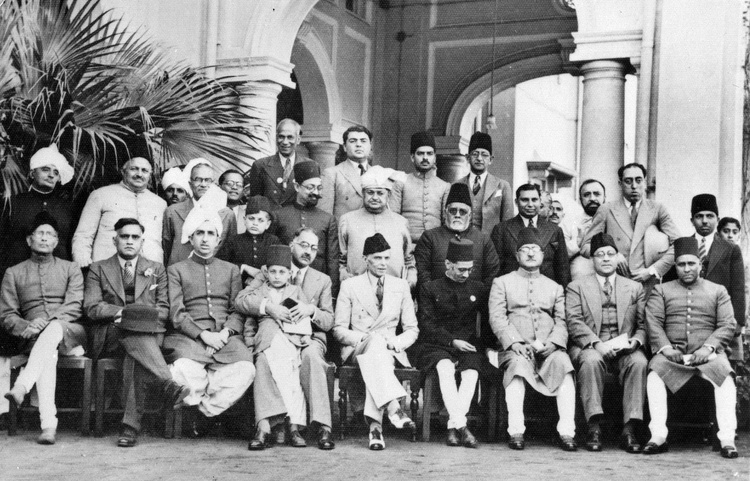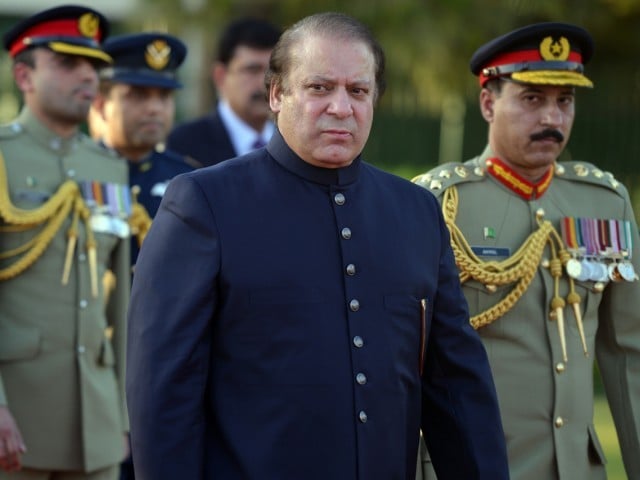Sherwanis instantly ‘smarten’ a man’s look. So crisp, elegant and dare I say, dapper. It’s our culture’s response to the three-piece suit. They’ve been a part of the subcontinent’s wardrobe from all the way back to the Mughal period, up to current day.
Sherwani is believed to have originated in Central Asia, and apparently, it was the dress code for Persian and Turkish nobles in the Delhi Sultanate and Mughal Dynasty.
The trend couldn’t have been contained within the walls of the palace and soon every man was wearing it.

Sherwanis weren’t everyday wear by any means. They were, and still are, considered the height of formal wear.
People used to get their sherwanis out for those large family photos, and especially for their portraits. At that time, the kalaf wala pagdi was also a total must with the outfit.


Nawabs from pre-partition era wore their sherwanis differently than the everyday man. Theirs had more kaam and embroidery and they paired them up with oh so many jewels.

Chief among them was the Nizam of Hyderabad, who never shied away from jazzing his outfits up.

With the colonization of the Indian Subcontinent, the western suit-pant entered the national wardrobe.
If you wanted to be taken seriously by the British, it was imperative that you wore a suit. Of course this wasn’t true for everyone across the board, but the effects of ‘suiting up’ were slowly showing up.

When the All India Muslim League launched its call for a separate Muslim homeland, they needed to have a distinct identity for themselves so they chose Sherwani as a symbol of clothing to identify themselves as separate from everyone else.

As the movement went on, this identity became clear through the clothing choice of the Muslim League. Sherwanis with either a Jinnah cap or the red Turkish fez.

Jinnah himself has become synonymous with the Sherwani because he wore it for multiple important occasions and served as a role model for the nation.

With the formation of the new nation, the tone was set for the sherwani to make its permanent mark on pop culture.

After the death of the Quaid and the government of Liaquat Ali Khan, no other government enforced the sherwani as the official dress code of public servants. That is, up till the Bhutto regime.

Now the Sherwani is used for State functions and national events by leaders and State heads of Pakistan

It’s often been seen on oath taking ceremonies

Like today, we saw a continuation of that tradition!

The everyday man in Pakistan had been keeping the sherwani pretty simple, with heavy inspiration from Jinnah

But then designers tend to add their creative flare to stuff, every now and then


We often forget that sherwanis were a large part of a man’s wardrobe in the early days of the modern Indian men. They were worn at Eid, mushairas, and at some point of time, they were even considered appropriate office-wear. You can ask anyone who migrated to Pakistan after partition, the sherwani culture was really strong back then. You just had to have one in your wardrobe.
Nowadays it’s seen just as shaadi-wear. The sherwani has a rich culture and past, which is slowly fading away, so while it’s still with us, let’s celebrate it. Naya Pakistan, Naye Fashion?